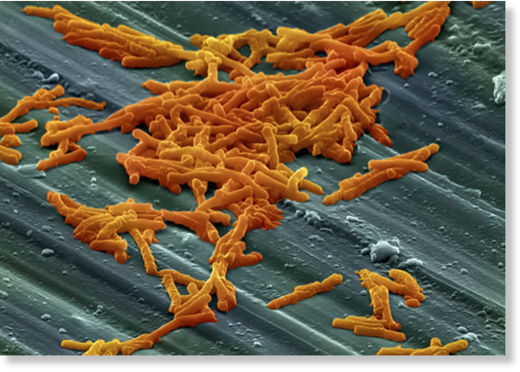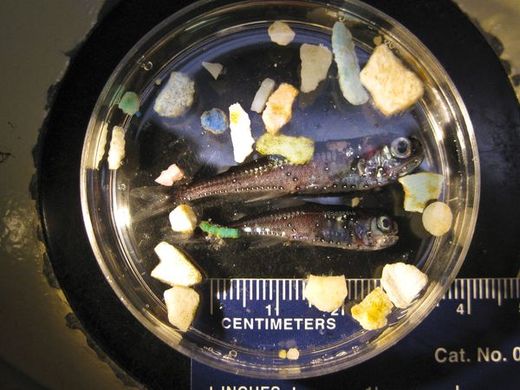
© unknownC. Difficile
A chorus of concern about the management of a number of hospitals in Ontario's Niagara region is growing amidst an outbreak of
Clostridium difficile that's been linked to the deaths of 16 patients.
The patients were being treated at three hospitals experiencing clusters of cases of the bacterial disease: four have died at the Greater Niagara General Hospital, 10 at St. Catharines General Hospital and two at the Welland Hospital since the outbreak was declared May 28.
The three centres are run by the Niagara Health System, a network of seven hospitals serving 434,000 people around Niagara Falls and St. Catharines.
Protesters will hold a rally outside the Greater Niagara General Hospital on Wednesday to voice their displeasure with the way the hospitals are being run.
Organizers said the outbreak of the disease, which causes severe diarrhea in certain vulnerable patients as a result of taking antibiotics, is just the latest example of how the network has mismanaged the hospitals.
"We believe the NHS has been ignoring the crisis in health care for a while and I think this particular issue, the C. difficile, was the thing that had our council say, 'We've had enough,'" said Niagara City Councillor Wayne Gates.
The Niagara Health System took too long to alert the public about the health concerns arising from
C. difficile, Mr. Gates said, noting that health officials first learned about the outbreak May 12, but didn't alert the public until more than a month later.
This comes after the closing of emergency departments in two hospitals in the area.



Comment: It's good to see awareness of inflammation hitting the mainstream, but this article is way off for recommending vegetables which are known inflammatory factors and a reduction in saturated fat from already dangerously low levels.
- You've Been Living A Lie: The Story Of Saturated Fat And Cholesterol
- The Big Lie: "Saturated Fats Are Bad For You"
- Wrongly Convicted? The Case for Saturated Fat
- Higher saturated fat intakes found to be associated with a reduced risk of dying from cardiovascular disease
- Saturated Fat is Good for You
SOTT sez: a HIGH-fat, ANIMAL-based Paleo diet will be a win-win for your body.